First money, then trophies, then money again. The endless race for revenue and silverware in sport reached a shock moment with UEFA handing out a two-year European Competition ban to Man City. The estimated revenue loss across the two seasons is somewhere in the region of €500 million. It’s a lot. A figure which would do serious damage to most clubs.
Most clubs are not owned by sovereign investment funds which, amid the private jets and 18ct gold toilets, have become football’s new best friends in the last 10 years. The Qatari Investment Authority, Abu Dhabi Group and Gazprom neatly make up the new hyper brand power club signatories across European football.
Gazprom is an interesting case. A gas extraction company who are majority owned by the Kremlin have been very aggressive in acquiring a presence in football and currently own Zenit St Petersburg, Red Star Belgrade plus provide lucrative sponsorship to Schalke and Chelsea as well as the UEFA Champions League and The FIFA World Cup. That’s significant money to promote a product which fans cannot buy. Why is that?
Russia supplies gas to much of Eastern Europe with several pipelines passing through its neighbours. Western European countries have started to phase out nuclear and coal power with gas being the prime replacement. Some of Russia’s gas pipes pass through Ukraine where skirmishes have broken out in the past decade. The Western European market represents an important goal in Gazprom’s expansion. In order to secure supply and avoid the pass-through tariffs charged by its neighbours Russia has engineered the Nord Stream pipeline which bypasses Eastern Europe and connects directly into Gelsenkirchen – the area where Schalke is based. In essence Zenit and Schalke are at opposite ends of this pipeline. Pumping money into football will help with brand perception.

You cannot buy tradition but with revenues high in the billions the next headline Sovereign sporting investment won’t be too far away. Whilst the surplus capital has to find something to do, we can hardly expect the petro gas industry to just sit there mining their own business.
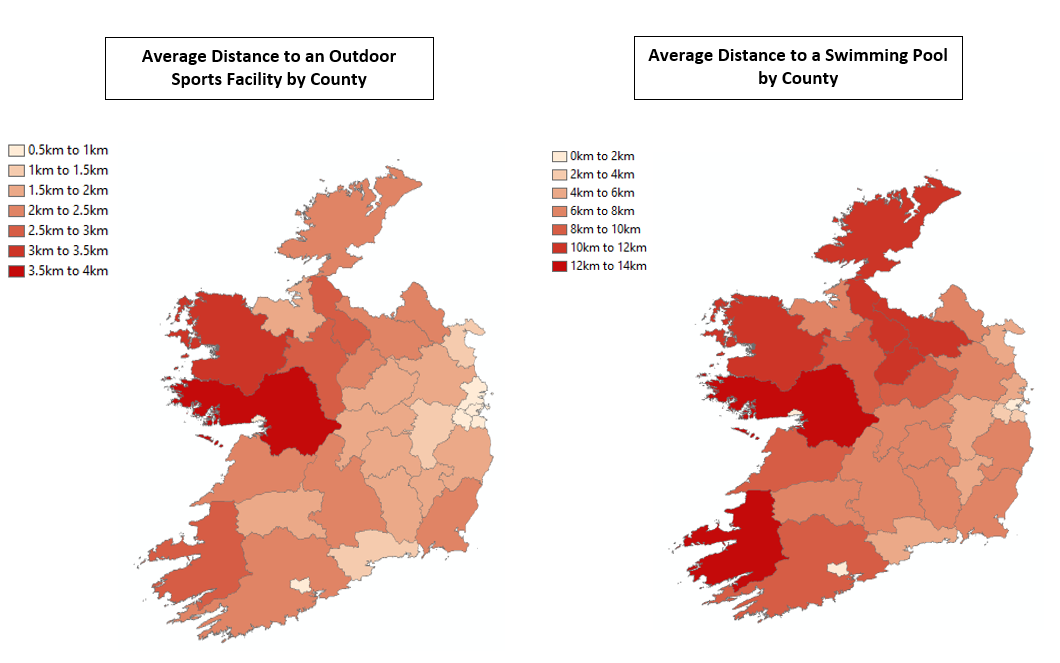

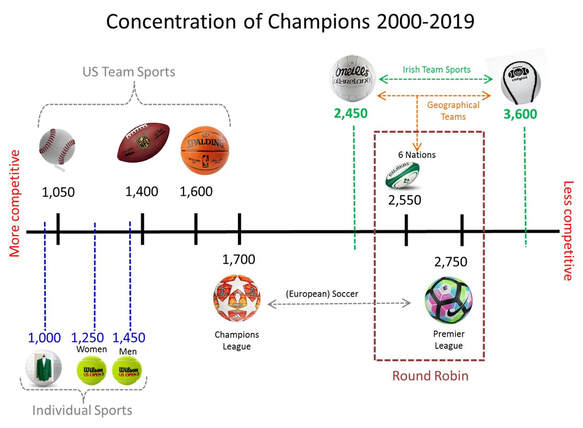

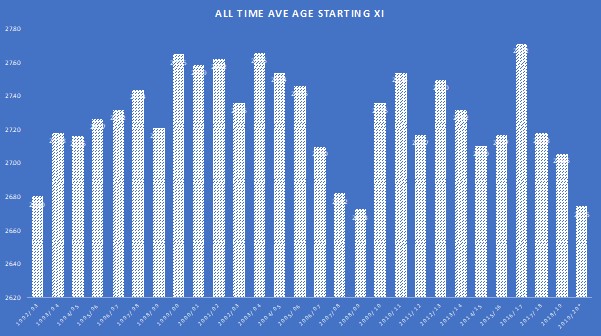
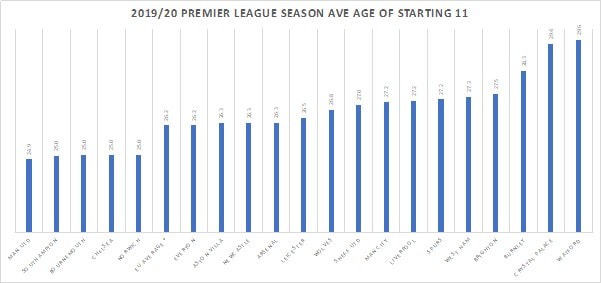
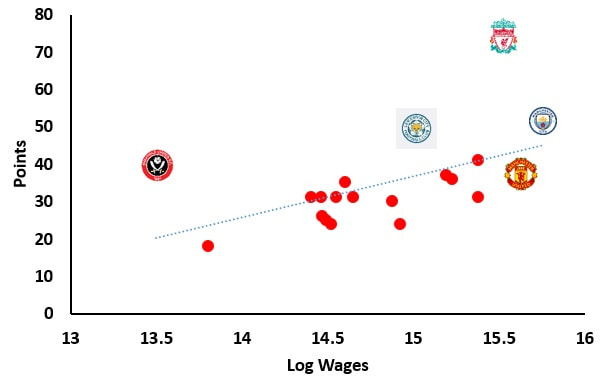
 RSS Feed
RSS Feed